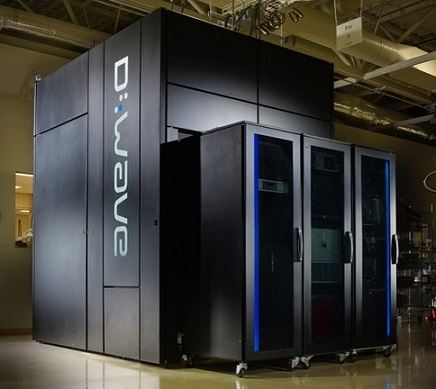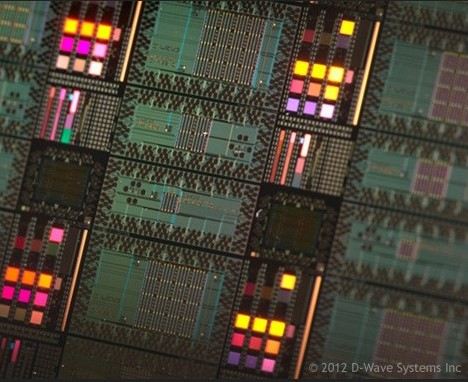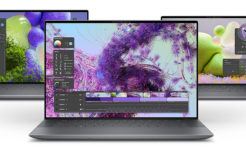
Quantum Computers for All
What is a quantum computer? Last time we met Alice and Bob, and learned how they can communicate with a quantum of light. However, photons can do more than just transfer messages and keys. They can also revolutionize computers.
As you may know from reading CPU for Dummies, the core of any computer is the central processing unit, or CPU, which is similar in its structure to an office of a big corporation. There are a lot of clerks or transistors in this office, each working very hard. The problem is that the corporation’s demands are growing, and the Board of Directors has to double the number of ‘clerks’ every 18 months to meet them. However, the office rooms remain the same size.
This is why ‘clerks’, or transistors, are getting smaller and smaller. But, there are limits as to how small they can get. Sooner or later the Board will stop putting more and more employees into the office, as there will be no place for them. This dilemma is called the Moore’s Law. It is named after the co-founder of Fairchild Semiconductor and Intel Cordon Moore. The introduction of semi-conductors has postponed the death of the computing world, but not for long.
In other words, we’re going down an alley blind, and we can’t stop. Computers make documents and drafts, manufacture things, cure people, coordinate the work of vast complicated networks such as city surveillance systems, and so much more. In a decade they might control robocars and data collected from personal chips. Computers must be fast, very fast to process vast amounts of data 24/7/365.
However, modern computers are hindered by the binary system. Every bit of data can be put down as a combination of 1 and 0, where 1 stands for power voltage and 0 stands for the absence of it. Our transistors in the CPU do just the same. They either let the electricity flow through them, or block it. The shortest bit can be written as 00 01 11 10. This is the shortest mind you, and computers have to deal with miles and miles of code. Processing it takes time, a rather short amount from our human point of view, but it’s an illusion. A millisecond can make the difference between the success or catastrophe.
So, scientists turned to quantum. It can make an ideal ‘clerk’. Not only due to its size, but also due to the super power called superposition. It means that quantum is both a particle and a wave. Don’t try to understand, just accept it. If you have trouble with it, remember, you can be two things, too. For example, you can be someone’s daughter and someone’s mother at the same time. Or a father and a son, and even a grandson. It’s still you, though sometimes you’re dreaming of having a clone, especially when you have to go shopping with both your kid and your mom.
Therefore, a quantum can be both 1 and 0, and the bit gets four times shorter. Quantum bits are called qubits for short, and the modern quantum CPUs can work with as many as 128 of them. Building the quantum computer is the greatest task for physicists in the 21st century. With it, anything is possible, even piloted missions to the Solar system’s borders. Now, how do they make a quantum CPU?

Source of the image: https://www.dwavesys.com/sites/default/files/tut-hardware-wafer.jpg
This chip, that looks like the bijou brooch, is called the Rainier processor. It looks like a wire mesh, and its task is to hold the quanta in. Quanta are freedom loving things. To keep them in place we need the temperature to be absolute zero. Ever been amazed with the complicated coolers modern CPUs ask for? Forget them. To cool the quantum CPU, you’d have to hook-up an industry scale refrigerator.

www.dwavesys.com/sites/default/files/D-Wave%20Two%20in%20Lab.png
This is the quantum computer D-wave in the lab. The only quantum computer working. It’s a prototype. Check out the large menacing looking cabinets. This is the cooling system. The smaller boxes which look like servers are the computer itself. If you were able to buy a quantum computer you’d have to put it in a garage. A four-car garage to be exact, and your electricity bills would make you cry.
Alas, right now quantum computers are a dream. They are giant, consume tons of power and don’t have much computing power. No more than a calculator, although a very, very quick one. Unlike quantum networks, they haven’t left the labs still. But who knows? Perhaps they wait for their own Steve Wozniak to do the job.






Facebook
Twitter
RSS